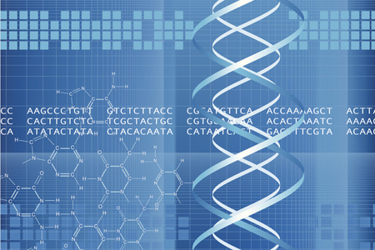Design-Of-Experiment (DoE) Approach Suggests Transfection Viable-Cell Density As Key Parameter For Optimized rAAV Productivity And Total DNA Amount For rAAV Packaging
By Arranz-Emparan, N., Reina-Romeo, L., Gonzalez-Pereira, A., Abad, J.L., Zamacola, K., Astrain, G., Alvarado, M.F., Arangoa, I., Nechaev., I Lang, V., Mora, L., Trigueros, C.

Transient triple-plasmid transfection of HEK293 cells is a primary method used in clinical and commercial production of recombinant adeno-associated virus (rAAV). With rising demand for rAAV in clinical trials, improving yield per cell and maximizing genome-containing capsids are essential. Transfection efficiency plays a pivotal role in enhancing rAAV productivity, with success depending on factors like DNA quantity, transfection reagent-to-DNA ratios, and cell physiology.
To better understand factors influencing rAAV productivity and packaging, Response Surface Methodology (RSM) using a Design of Experiment (DoE) approach with JMP® statistical software was employed to evaluate viable cell density (VCD) and total DNA amount. Results showed that transfection VCD strongly affects productivity, while varying DNA amounts have minimal impact on yield but correlate with a higher percentage of full capsids, as shown by Analytical Ultracentrifugation (AUC) and Mass Photometry (MP). Further, DNA complex characterization via Dynamic Light Scattering (DLS) indicated that larger complex sizes, associated with increased DNA amounts, may reduce transfection efficiency and packing capacity.
Viralgen leverages the HEK293-derived Pro10™ suspension cell line with its triple transfection platform to produce both standard AAV serotypes and novel vectors, now applied in 29 approved clinical trials worldwide. As demand for viral vectors rises, optimizing production to boost productivity is critical.
To achieve this, Viralgen utilizes Design of Experiment (DoE), a statistical approach that evaluates multiple factors simultaneously to identify optimal conditions, streamlining the production process. Unlike the traditional one-factor-at-a-time method, DoE delivers faster results with lower costs. In this study, a DoE model was developed to address the multifactorial nature of large-scale transfection, where variables like viable cell density (VCD) and DNA amount jointly influence efficiency.
Get unlimited access to:
Enter your credentials below to log in. Not yet a member of Cell & Gene? Subscribe today.
